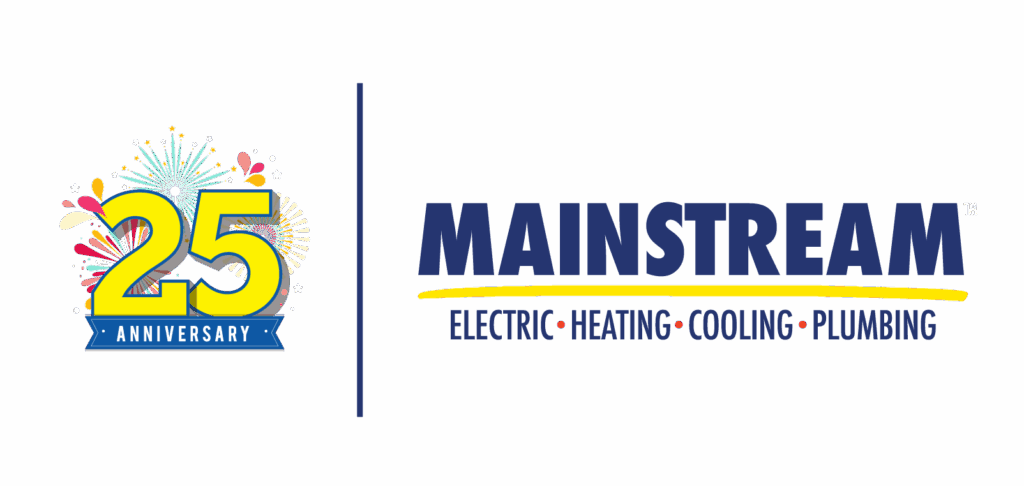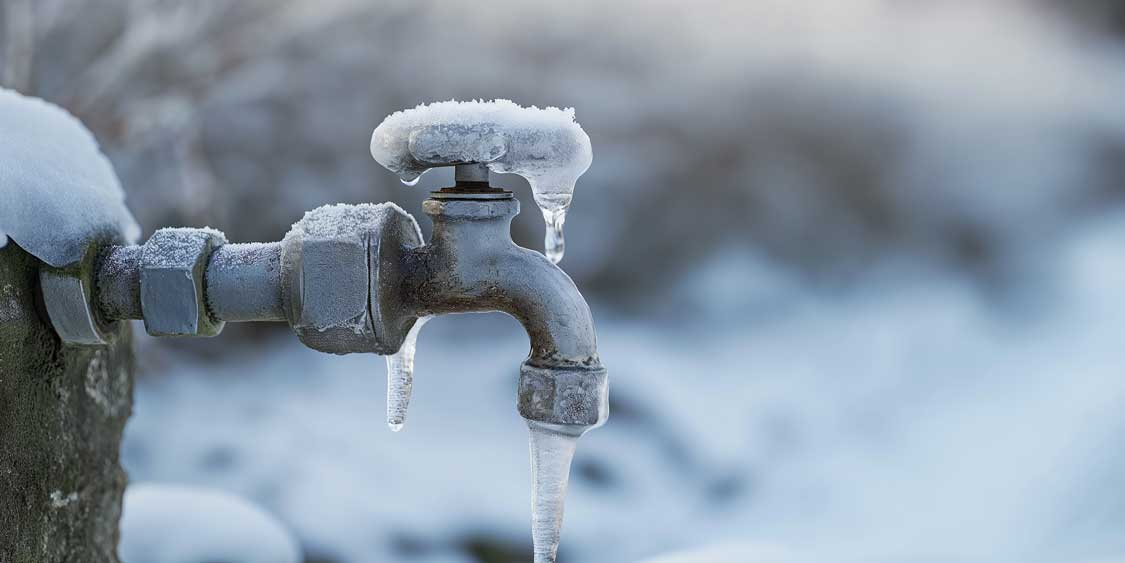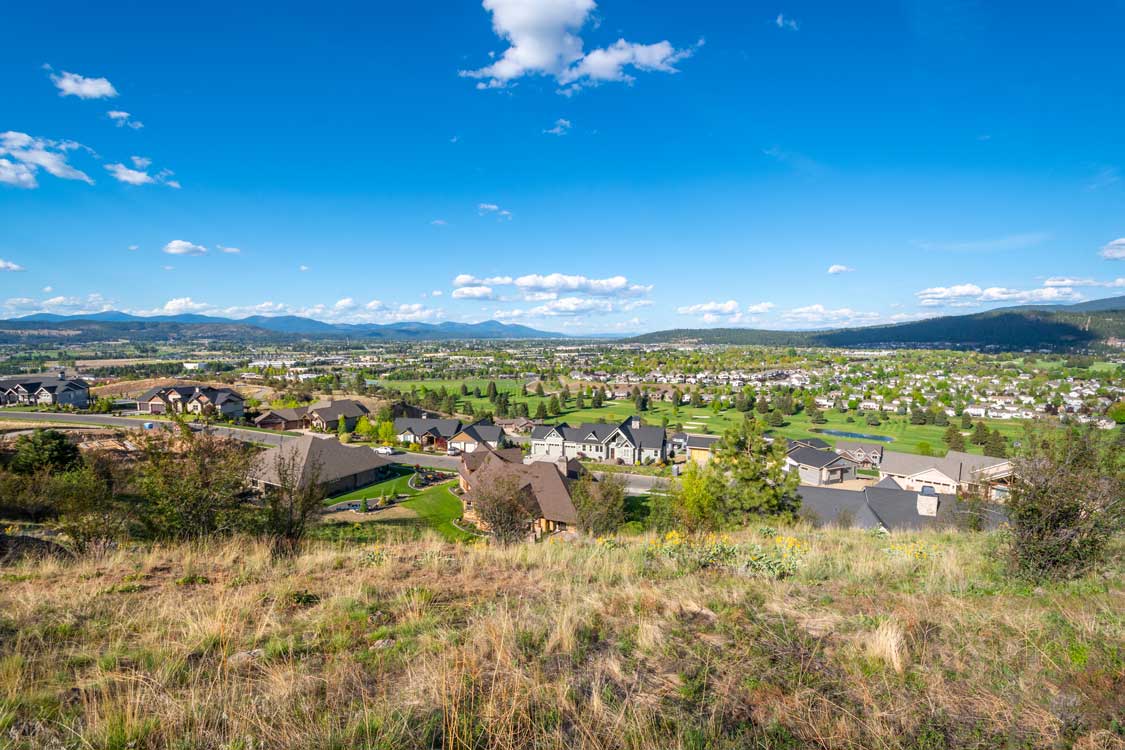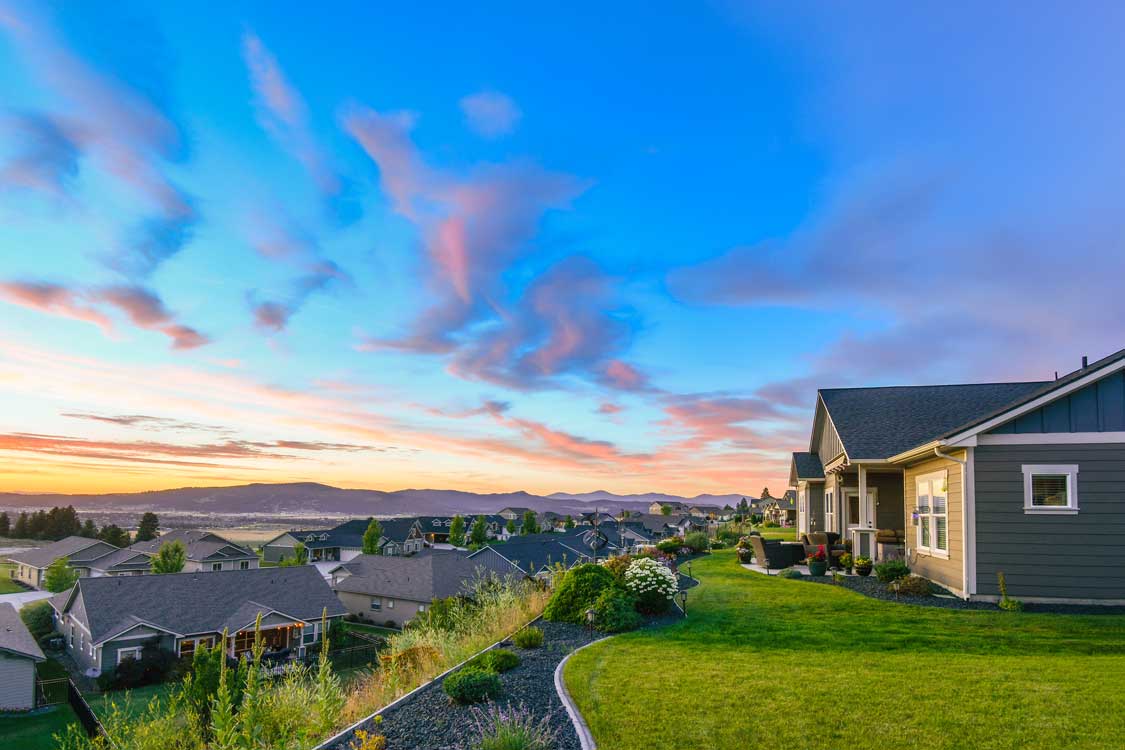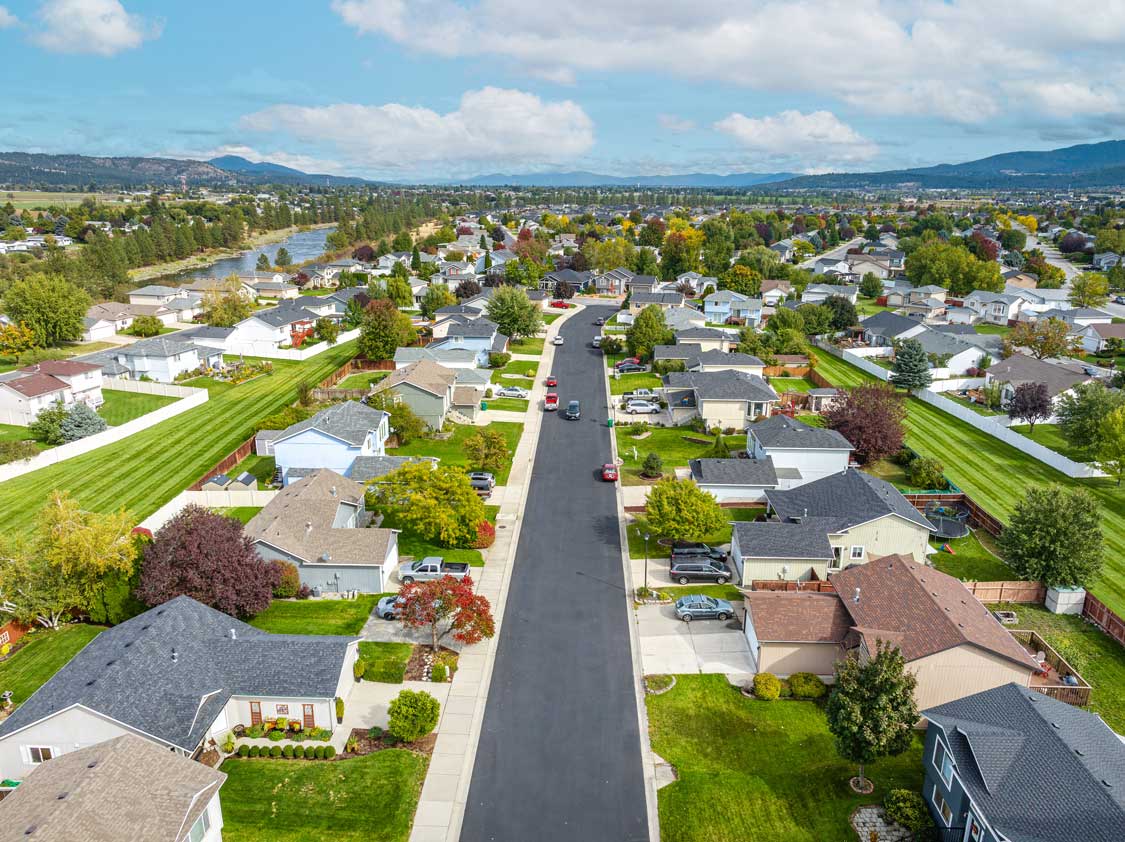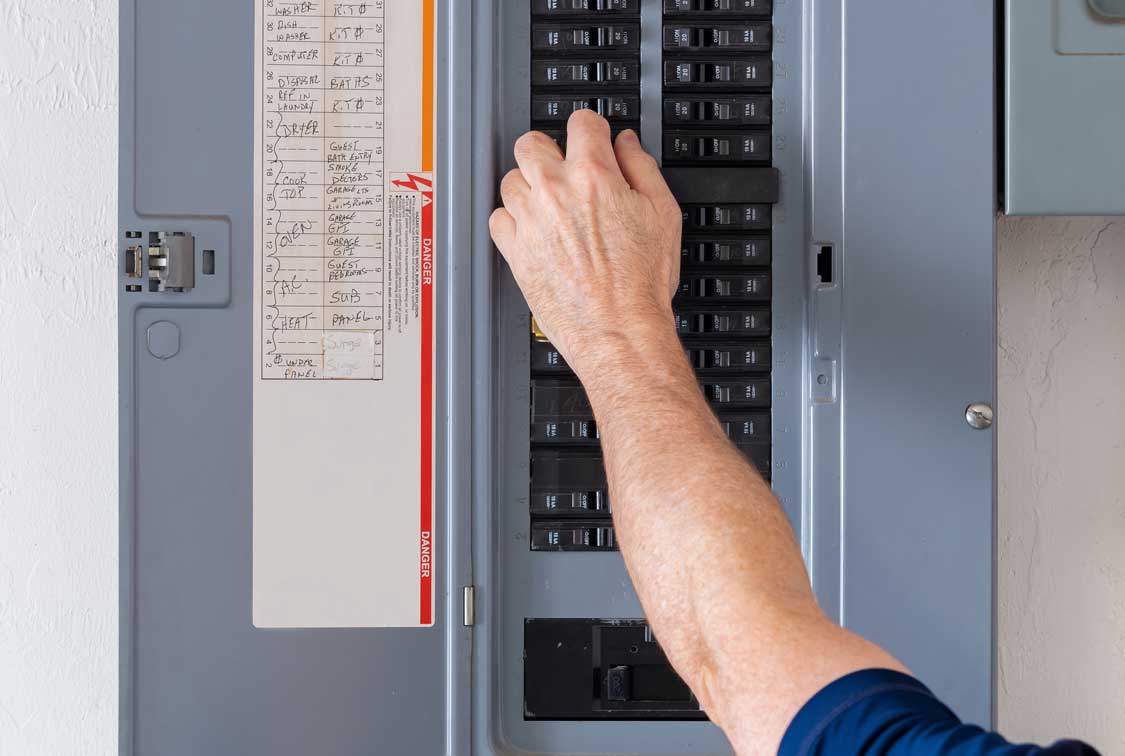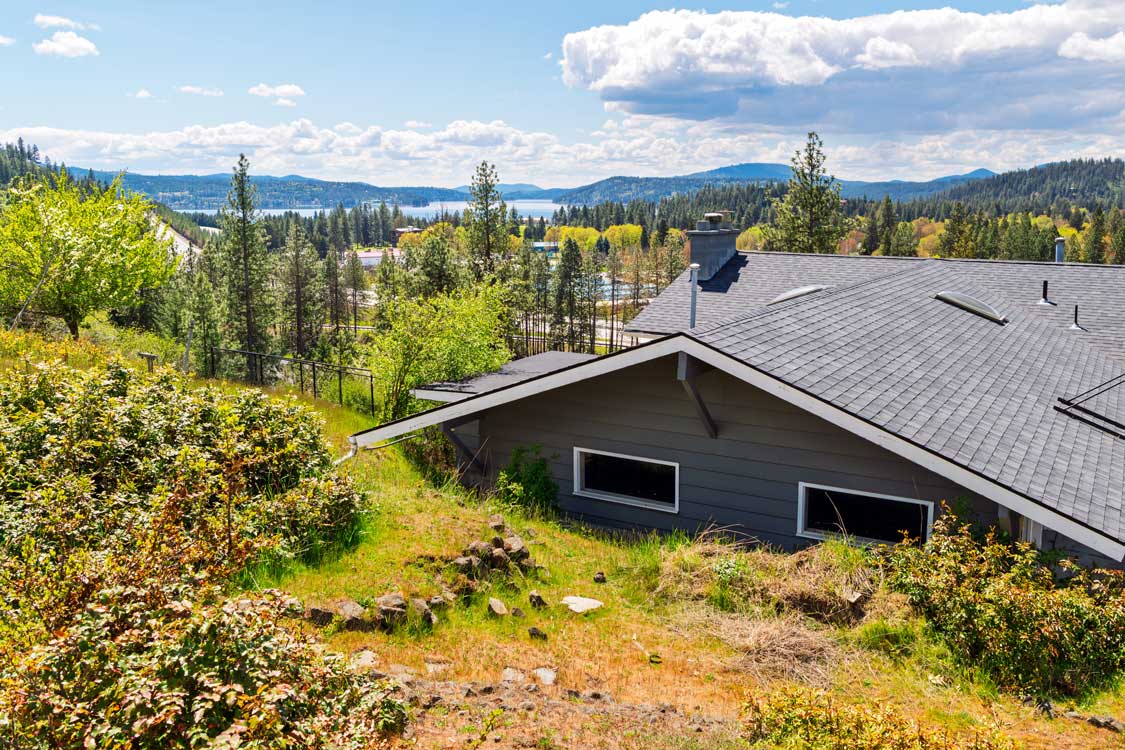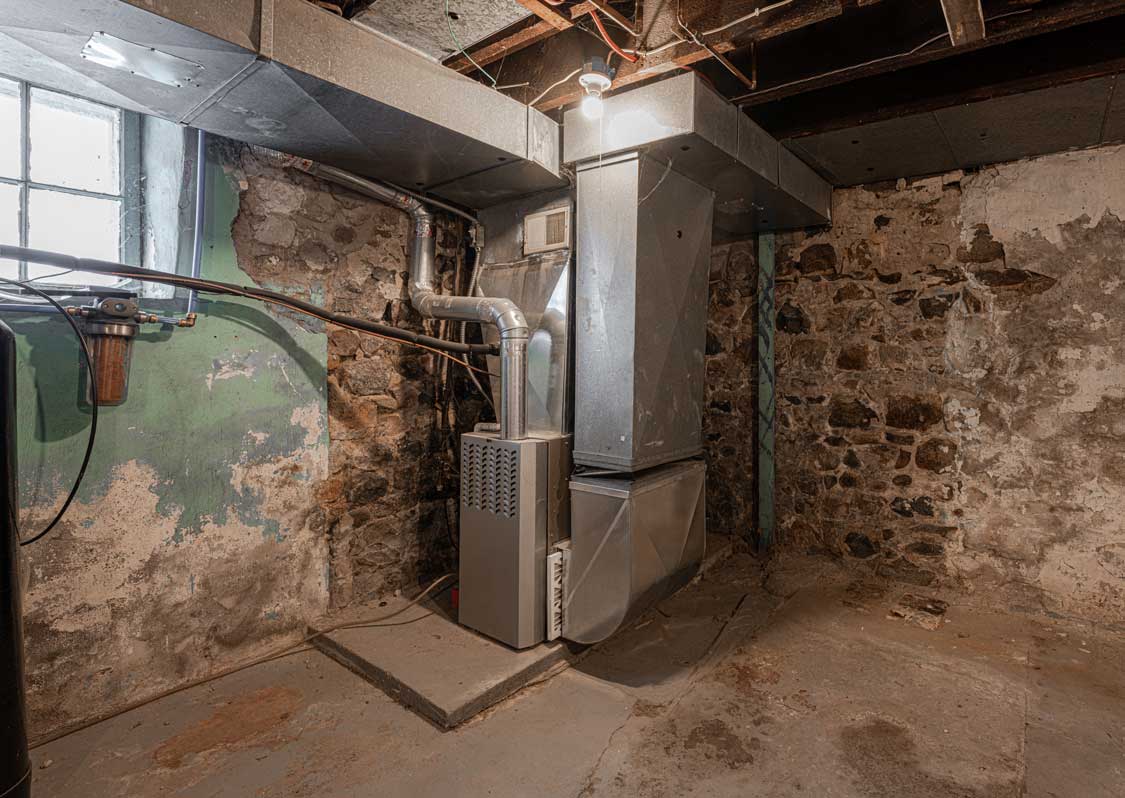Winters in Spokane and Spokane Valley can send the temperature outside well below freezing. When that happens, plumbing systems are at risk: frozen pipes can block water flow and, worse, a frozen pipe burst can flood parts of your home in minutes. This guide explains the temperature for freezing, how to prevent issues (including protecting your outside water faucet), and exactly what to do if your pipes freeze overnight.
At What Temperature Do Pipes Freeze?
Water freezes at 32°F, but most homes start experiencing pipes freezing when the temperature outside stays near 20°F or lower for several hours—especially in drafty areas such as crawl spaces, unheated basements, garages, and exterior walls. Wind chill accelerates heat loss from pipes, so Spokane Valley and higher-elevation neighborhoods can see problems faster during cold snaps.
How to Prevent Frozen Pipes
- Cover outdoor faucets. Disconnect garden hoses, shut off and drain the line if possible, then install insulated covers on every outside water faucet. This simple step helps block wind and heat loss.
- Keep a “safety drip.” On the coldest nights, let faucets on exterior walls run at a slow trickle. A safety drip relieves pressure in the line and can prevent a burst if a section begins to freeze.
- Open cabinets and keep heat steady. Open vanity and kitchen sink doors so warm air reaches pipes. Maintain indoor temps at or above 55°F—even if you’re away.
- Insulate vulnerable plumbing. Add foam sleeves or UL-listed heat tape to exposed pipes in attics, crawl spaces, and garages. Seal drafts around sill plates, vents, and hose bib penetrations.
- Shut down and drain exterior lines. Before the first hard freeze, shut off and drain sprinkler and hose bib lines to eliminate standing water that can freeze and expand.
- Schedule a winter plumbing check. A quick inspection can identify risk points (loose crawl-space access, missing insulation, slow-closing valves) before the next cold snap.
What to Do If Your Pipes Freeze Overnight
- Shut off your main water supply. This reduces pressure in frozen lines and limits damage if a pipe cracks.
- Open nearby faucets. Opening hot and cold taps relieves pressure and helps thawed water escape safely.
- Find the frozen section. Look for frost, bulges, or extremely cold spots—often in crawl spaces, exterior walls, or under sinks.
- Apply gentle heat to thaw frozen pipes. Use a hair dryer, small space heater, or warm towels. Move heat back and forth along the pipe. Do not use an open flame. (Many homeowners search “how to unthaw pipes”; the correct approach is to thaw frozen pipes slowly and safely.)
- Restore water slowly and check for leaks. Once flow returns, turn the main valve on partway and inspect joints and fittings. If you see drips, shut water back off and call a pro.
If you can’t locate the frozen section, water won’t return after careful heating, or you find any cracking, contact our emergency plumbers in Spokane for same-day help.
Why Frozen Pipes Burst (and What to Expect)
When water freezes, it expands—putting extreme pressure on pipe walls and fittings. Even if a pipe doesn’t burst while frozen, a hidden split can reveal itself when thawing starts and pressure returns. If a burst occurs, shut off the main water valve immediately, avoid contact with electrical equipment, and call for emergency plumbing service.
Homes Most at Risk for Frozen Pipes in the Inland Northwest
Mainstream has been serving homeowners across Spokane, Spokane Valley, Post Falls, Coeur d’Alene, and Cheney since 2000. We know this region’s unique winter challenges — from Spokane’s deep freezes and Valley wind chills to Coeur d’Alene’s lakeside humidity and Cheney’s wide-open plains. Our team has seen how quickly the combination of cold air and aging plumbing can create frozen pipes across the Inland Northwest.
Here are the types of homes we often see at higher risk for pipes freezing or bursting when temperatures drop below 20°F:
- Older homes that may have inadequate wall insulation or aging plumbing.
- Homes with crawl spaces or unfinished basements where pipes are exposed to outside air or poorly insulated.
- Garages, additions, and daylight basements that include plumbing run through unheated or lightly insulated spaces.
- Vacant properties, rentals, or seasonal cabins kept below 55°F during winter months.
- Homes with exterior hose bibs or outdoor faucets not protected with insulated covers or drained before hard freezes.
Because we’re local, we know where trouble spots tend to appear — and how to prevent them. Whether it’s insulating exposed plumbing in a Valley crawl space or installing frost-proof faucets at your Coeur d’Alene lake house, Mainstream’s licensed plumbers have the regional experience to help your home stay safe and dry all winter long.
Your Local Experts for Frozen Pipe Repair
When you’re standing in a cold house with no running water — or worse, a burst pipe — you don’t have time to wait. Mainstream’s licensed plumbers are right here, serving homes and businesses across the Inland Pacific Northwest with 24/7 emergency response.
We’ve helped homeowners through countless freezes since 2000, and we know exactly how to act fast to stop water damage and get your plumbing working again. If you suspect a frozen or burst pipe, don’t risk waiting it out — call now or schedule online for immediate help from a local team you can trust to treat your home like their own.
